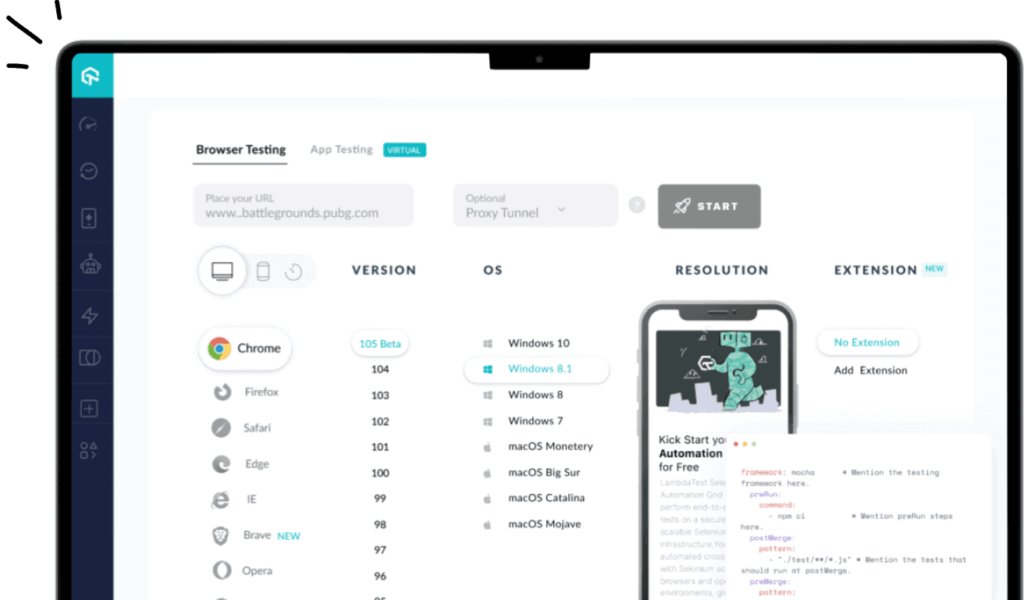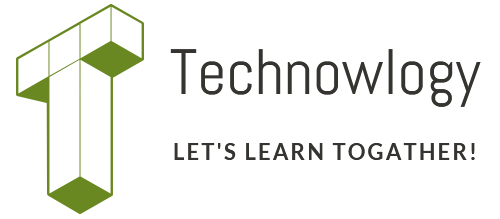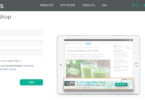API testing demands precision and reliability. Ensuring APIs consistently deliver accurate, structured responses is essential for seamless user experiences and robust software development. JSONPath and JSON Schema validation are two indispensable tools that empower QA teams to achieve these goals efficiently.

JSONPath and JSON Schema validation are two indispensable tools that empower QA teams to achieve these goals efficiently. JSONPath tester excels at extracting specific data points from JSON responses, simplifying the process of verifying dynamic content without diving into complex parsing logic. Meanwhile, JSON Schema validation ensures that every API response conforms to predefined structures and constraints, minimizing errors and promoting consistency across different environments.
Understanding JSON and Its Importance in APIs
JSON is a very versatile format for representing complex data structures because of its structured format, which allows nesting. But with great power comes great responsibility: making sure API responses conform to specified formats and structures is key to a seamless user experience.
What Is JSONPath?
JSONPath is akin to XPath for XML. It allows you to specify and extract elements from a JSON document with an expressive syntax. Utilizing a JSONPath tester enables you to query JSON data structures effortlessly, isolating specific information that is essential for your testing efforts.
Consider working with a JSON object that looks something like a product database: listing IDs, names, prices, and categories of those products. If, say, the goal is to obtain all the product names under some specific category, JSONPath summarizes this task without a heap of parsing logic.
Practical Use of JSONPath in API Testing
Let’s say you have an API endpoint that retrieves user profiles. When testing this endpoint, determining that the response contains the expected user information is vital. Here’s where JSONPath shines.
You can employ a JSONPath tester to validate the structure of the returned JSON data. By using JSONPath expressions—something along the lines of $.users[*].name—you can quickly extract all user names from the response, ensuring that they are correct and formatted as expected.
Additionally, JSONPath can facilitate tests designed to check the existence of specific elements. As one simple example, check whether the response from an API should always have a field having the email of the user via JSONPath query. This will save not only loads of time but also fewer human mistakes.
JSON Schema: Your Validation Ally
Similarly, while data extraction with JSONPath is one of the best tools, JSON Schema will be for validation. In short, JSON Schemas outline the structure, the expected types, and constraints around your JSON so that every tester can make sure this or that API response will consistently behave according to a predefined specification definition.
In an era where APIs like GraphQL have stretched the boundaries of conventional API design, maintaining structure becomes even more critical. JSON Schema empowers QA teams to validate that API responses match the expected format. It can specify various properties, such as whether a particular field is required, its data type, and any additional constraints (like minimum or maximum values).
For instance, if the API returns user profiles, the corresponding JSON schema might specify that the user profile must contain an id (an integer), a name (a string), and a created_at field (a date). By validating each response against this schema, you can catch discrepancies early in the development lifecycle.
Applying JSONPath and JSON Schema Validation Together
Integrating JSONPath and JSON Schema validation in your API testing regime creates a potent combination. While JSONPath allows you to extract specific data points during tests, JSON Schema ensures those data points meet specific criteria.
Picture a scenario where you have an API that not only fetches user details but also includes nested objects for each user’s orders or activities. Here, you might use JSONPath to verify the structure of the order data ($.users[*].orders[*].total) while applying JSON Schema rules to validate that each order has a total property that is a number.
This dual validation approach enables your QA team to address multiple angles of testing without redundant work. It enhances efficiency and accuracy, which are paramount in maintaining high-quality software.
The Rise of API Testing Tools
With the advancements in software development methodologies, API testing has gained prominence. Tools that integrate JSONPath and JSON Schema validation simplify this process and provide a framework that is conducive to quality assurance.
One such tool that stands out in the market is LambdaTest, a cloud-based platform that enables you to run manual and automated tests at scale across 3000+ web browsers, devices and OS combinations. It features capabilities for debugging and automating tests, allowing your QA team to seamlessly integrate JSONPath queries. For example, by leveraging LambdaTest’s functional testing features, you can run tests that involve both JSONPath extractions and JSON Schema validations.
By incorporating JSONPath and schema validations into LambdaTest, you can run quick result extractions while utilizing its cloud agility to test responses on various environments, ensuring that your API works not only in isolation but across different configurations.
Staying Relevant: Current Trends in API Testing
API testing trends are continuously evolving, influenced by emerging technologies and methodologies such as continuous testing, microservices architecture, and the shift toward more developer-centric testing tools.
In recent updates, several organizations have adopted contract testing frameworks to complement their API testing strategies. Contract testing ensures that services can communicate successfully despite being independently developed. It verifies that the provider and consumer sides agree on the structure of the data exchanged, which aligns closely with the benefits derived from JSON Schema validation.
Moreover, the industry pivots towards adopting RESTful, and GraphQL APIs, tools that utilize JSONPath and JSON Schema validations drastically enhance agility. As developers strive to create APIs rapidly, these validations ensure that quality is not sacrificed for speed.
The Future: Emphasizing Automation
Automation in API testing presents an exciting frontier. Enhanced automation frameworks that integrate JSONPath and JSON Schema validation allow QA teams to write less code while achieving extensive coverage.
Imagine an automated test suite running a set of JSONPath queries and JSON Schema validations simultaneously as part of your CI/CD pipeline. With tools like LambdaTest supporting your automation strategy, you can run these tests across various environments automatically, capturing logs and generating reports without human intervention.
Real-World Example: Success Story
Take the case of a fintech application that evolved rapidly, requiring an agile and resilient API testing strategy. The QA team employed JSONPath and JSON Schema validations in tandem as part of their overall testing framework.
By using a JSONPath tester, they successfully identified discrepancies in response structures during automated regression tests. Concurrently, they applied JSON Schema validations to ensure that all responses conformed to financial regulatory standards, ensuring compliance across all endpoints. The result was a significant reduction in bugs reported post-deployment, contributing to the application’s reputation for reliability in a highly competitive market.
Best Practices for Implementing JSONPath and JSON Schema Validation
Below are the few best practices that will help you implement JSONPath and JSON scheme effectively.
- Define Clear Schemas Early: Involve stakeholders during the schema definition phase to ensure that all necessary attributes are accounted for.
- Automate Wherever Possible: When implementing these validations, automation can save time and reduce errors. Develop a suite of automated tests that run with each build.
- Leverage Existing Tools: Make full use of testing platforms like LambdaTest that support both JSONPath extraction and schema validations to create a more seamless integration into your workflows.
- Stay Updated with Trends: Regularly review and adopt new API testing trends or tools. The landscape is rapidly evolving, and being adaptable is critical.
- Focus on Collaboration: Ensure that both QA and development teams collaborate throughout the API lifecycle. This shared understanding can bridge gaps in expectations and results.
Conclusion
API testing is the backbone of reliable software, ensuring that systems communicate seamlessly and deliver the expected results under all conditions. By incorporating JSONPath and JSON Schema validation into your testing strategy, you gain a powerful combination of tools that streamline data extraction and enforce structural integrity. JSONPath simplifies querying complex JSON responses, while JSON Schema ensures strict adherence to predefined formats, minimizing errors and enhancing consistency.
In development cycles, these tools not only improve the accuracy of your tests but also empower QA teams to scale their efforts efficiently. Whether you’re validating nested data structures or automating comprehensive test suites, JSONPath and JSON Schema provide the foundation for robust API testing.
As you implement these practices, remember to focus on automation, clear schema definitions, and collaboration across teams to maximize their effectiveness. With the right approach, you can ensure your APIs are resilient, compliant, and ready to handle the demands of modern applications. Embracing these tools is not just a step toward better testing—it’s a leap toward delivering exceptional user experiences and maintaining the trust of your stakeholders.






